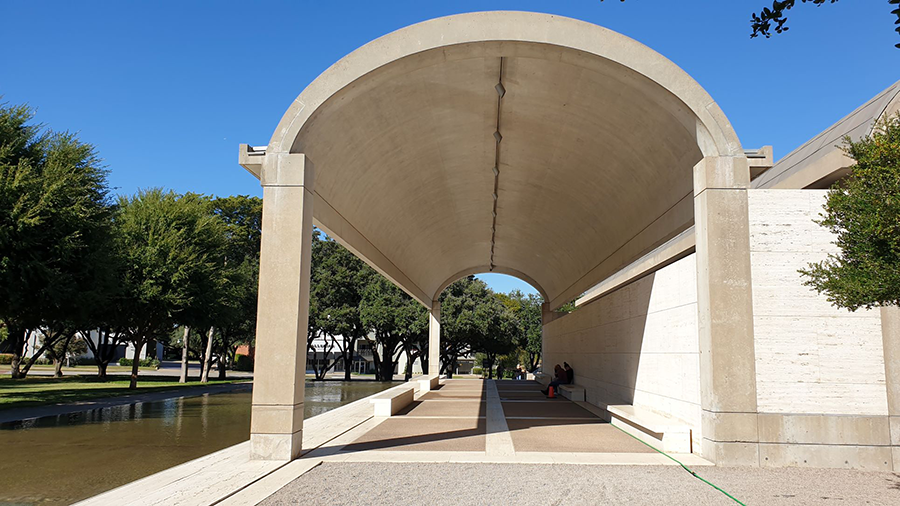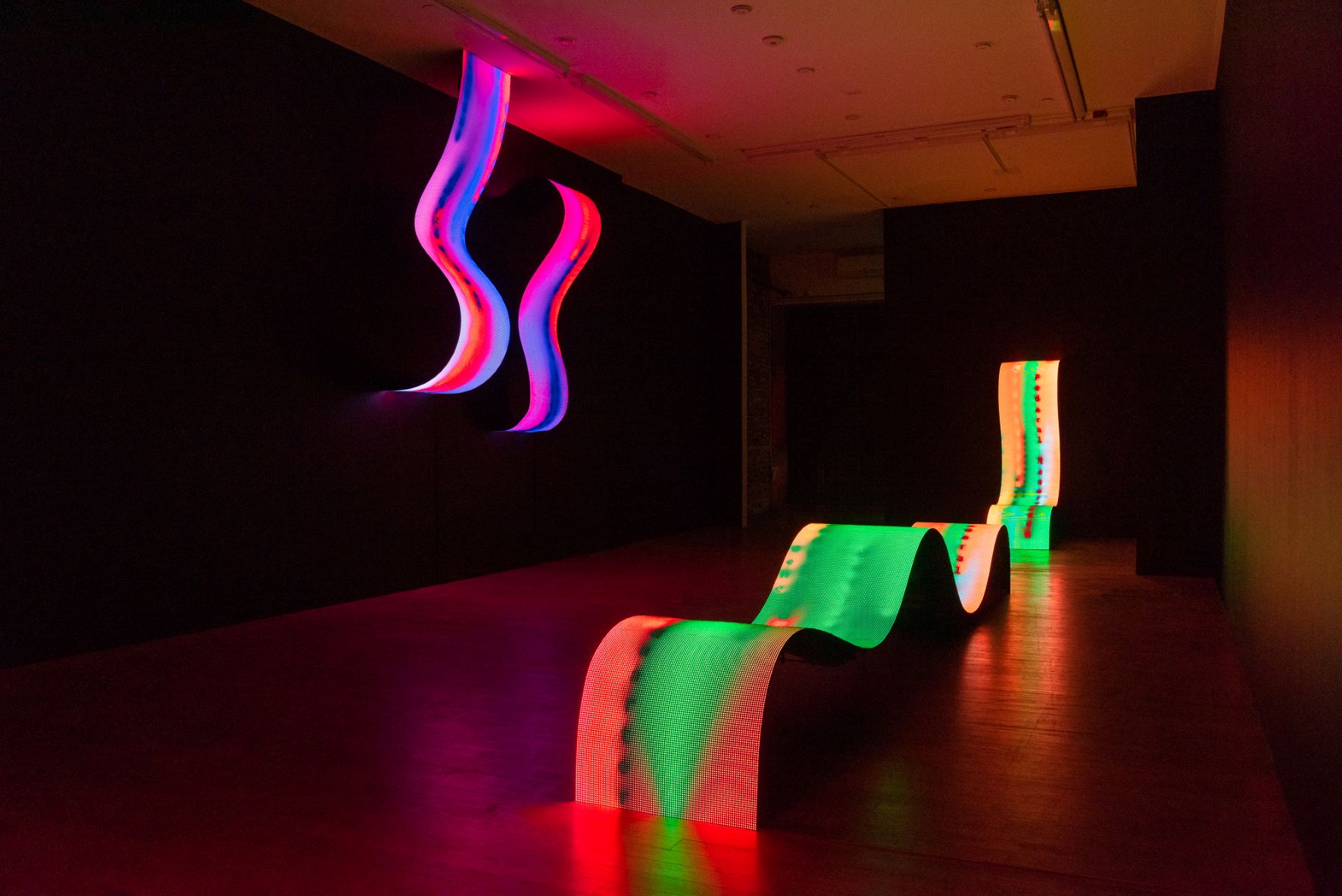
My Visit to Kimbell Art Museum
Kimbell Art Museum has long been on my destinations-to-visit list, and it is indeed an alluring destination for any architect and/or scholar of modern architecture. I had the privilege of both visiting the Museum in Fort Worth, Texas on October 19, 2021, and seeing the “Turner’s Modern World” exhibition. The latter is an impressive collection of Joseph Mallord William Turner’s paintings, an 18th–19th century British painter, and one of my favorite British painters of all time. Needless to say, the timing couldn’t be more right.


I got off the bus right across from an open green pasture, surrounded by elm and red oak trees and reflecting pools. The promenade beneath the trees leads straight to Louis Kahn’s iconic structure, and not 60 meters to the West of it lies Renzo Piano’s impressive pavilion. Piano’s Pavilion (2013) was a challenging project to take on, some 40+ years after Kahn’s masterpiece (1972). In fact, Piano neither wanted his structure to be ignored, nor for it to overpower the original museum building, as he so directly states in his infamous quote, “Close enough for a conversation, not too close and not too far away”. Piano’s building is of glass, concrete and wood, and is simple and elegant in its structural modulation.
“Close enough for a conversation, not too close and not too far away”.
Kahn’s building, by contrast, is of poured-in-place concrete, travertine, oak, and stainless steel. The main design features long, concrete barrel-vaults with cycloid profiles (instead of circular) and pierced with gaps running the entire length of the vaults. This allows for light to gently filter through, which is reflected by the mounted and curved aluminum profiles, also running the length of the vaults.

Kahn’s building houses the permanent collection and dining area (as well as the gift shop and auditorium), whilst Piano’s pavilion houses the temporary collections and special exhibitions. The galleries in Piano’s pavilion are ideally suited for light-sensitive works of art.

The Turner exhibition is a retrospective on his life and career as a painter. It includes his early works, artworks of his home, Britain at War and the ensuing peace, his causes and campaigns, his fascination with the steamboat and maritime weather, and paintings that reflect his status as a ‘modern’ painter. As an instructor of art history, I had long been fascinated with Turner’s iconic “The Fighting Téméraire, Tugged to Her Last Berth to be Broken Up” (1838), which I had previously seen in person in London. The technique of the painter fascinated me as much as the subject matter. Seeing more paintings by Turner in the same genre at the Kimbell was truly a valuable experience. For example, the lovely “Sheerness as Seen from the Nore” (1808) displays Turner’s mastery of marine painting, both in his rendering of the vessels and in his detailing of the sea’s surface. It was also a pleasure to discover a variety of other subject matter that the artist explored, such as human suffering in times of war; “The Field of Waterloo” (1818) is an example of this. In this painting, the artist lends his genius as a landscape painter to create a dramatic setting for the provoking scene. The exhibition overall was a delight to see, beautifully curated and carefully installed in the halls of the gallery.


“Sheerness as Seen from the Nore”
oil on canvas, 1808
by Joseph Mallord William Turner
(Featured painting and detail)
The Kimbell Art Museum hails not only as an exhibition center, but as an institution that values and carries out conservation. The paintings conservation program is one of the most distinguished in the U.S., currently led by chief conservator Peter Van de Moortel. The Museum also has various programs to involve the local and regional community, including students and educators in the field of the arts.
My visit was indeed a memorable one, and a visit to the museum is not to be missed by any local or visiting scholars, architects and art-enthusiasts.

All featured photos are by the author.
You can read more about the Museum and its activities at https://kimbellart.org/
You may also like
Multidisciplinary Artist Daniel Canogar Links History to Contemporary Times
New media artist Daniel Canogar presents his latest show “Loose Threads” at Galloire Contemporar
An invitation to Unite: ‘The Milky Way House’ Exhibition in Faenza by Antonello Ghezzi
The traveling exhibition ‘The Milky Way House’ by Antonello Ghezzi opens on Italian soil, specif
Urbanist Art Gallery in Dubai launches its second Collective Show
The Second Edition Collective Exhibition by Urbanist Art Gallery opened on 19 July in Dubai. The sho








